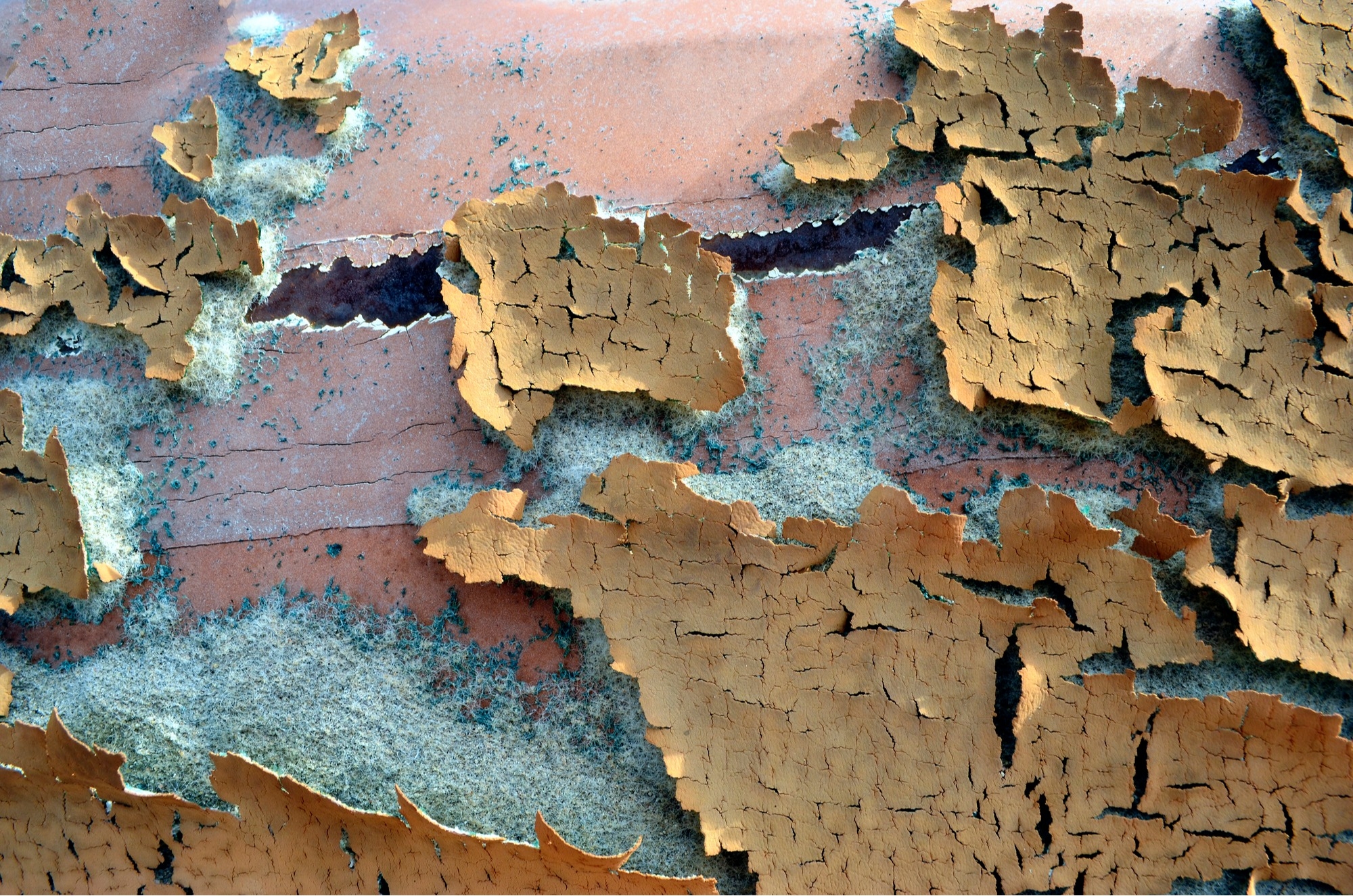Lead Paint Testing in Your Home or Business, in denver, co
Living with lead—a neurotoxin that can cause low IQs, behavioral and learning issues for children, and high blood pressure, pain, or memory loss for adults—is something every homeowner or renter wants to avoid. But the unfortunate reality is that lead can be found in many homes we live in, buildings we frequent, and infrastructure we depend on.
When should I test for lead in my home or Business?
Generally if you’re living in a home, working in a buliding, purchasing property built before 1978. The best time to move ahead on lead testing is before a significant demolition or renovation. Another opportune testing time is if you find peeling, flaking, or chalking paint. If dried-up paint has wrinkly, alligator-like skin, there’s a good chance it’s lead-based.
Dust around windows or door frames, which pose the greatest risk in homes with lead paint, should prompt immediate testing when identified. Lead dust can end up on children’s hands, on their toys, and in the air.

Peeling paint or dust around windows and door frames in old homes pose major risks for lead exposure.
Lead paint on the exterior of the home can also contaminate the surrounding soil. Experts say your risk for soil contamination extends a few feet directly surrounding the home. If this is a place children often play, or you plan to plant a vegetable garden, it’s a good idea to test.
Finally, water pipes should be identified. Once you find the supply line, lead pipes will look dark gray and very soft. It is also recommended to use running water from your tap to flush out the pipes, especially in the morning, as water sitting for several hours in house pipes is more likely to pick up lead.
call SC Environmental for lead testing in denver, co
If you plan to remove paint, renovate or demolish an older structure, don’t risk exposure to lead particles. Contact us for lead based paint testing today, and breathe easy.